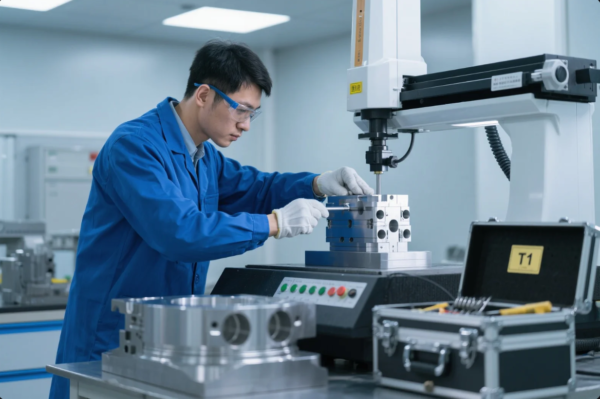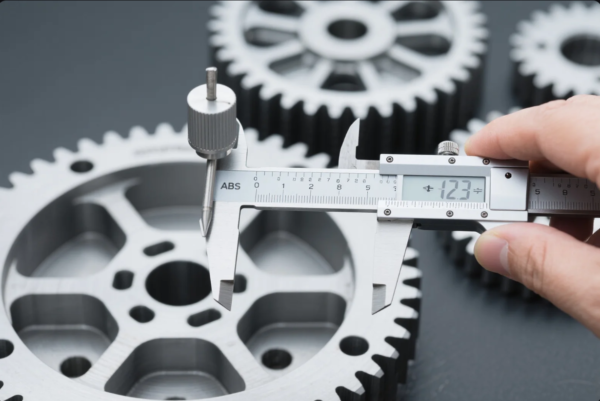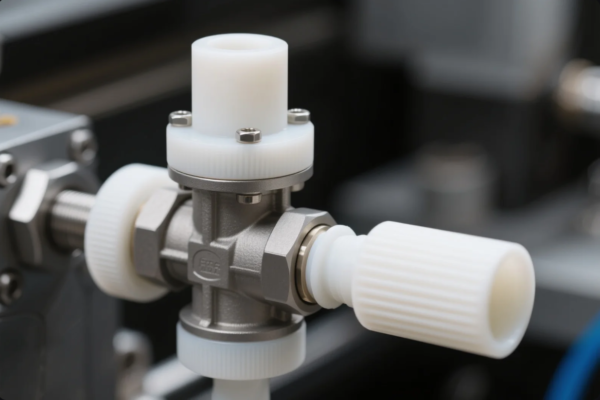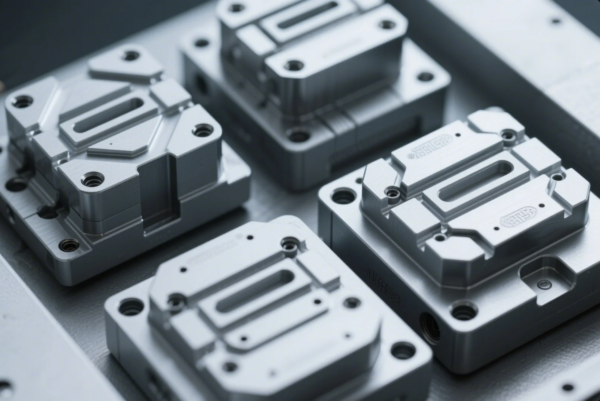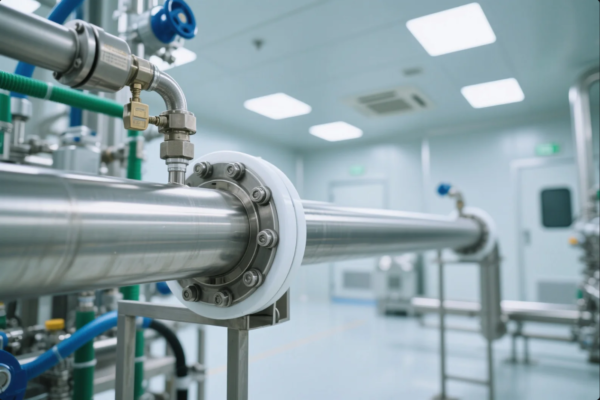What Are the 5 Steps of Injection Molding?
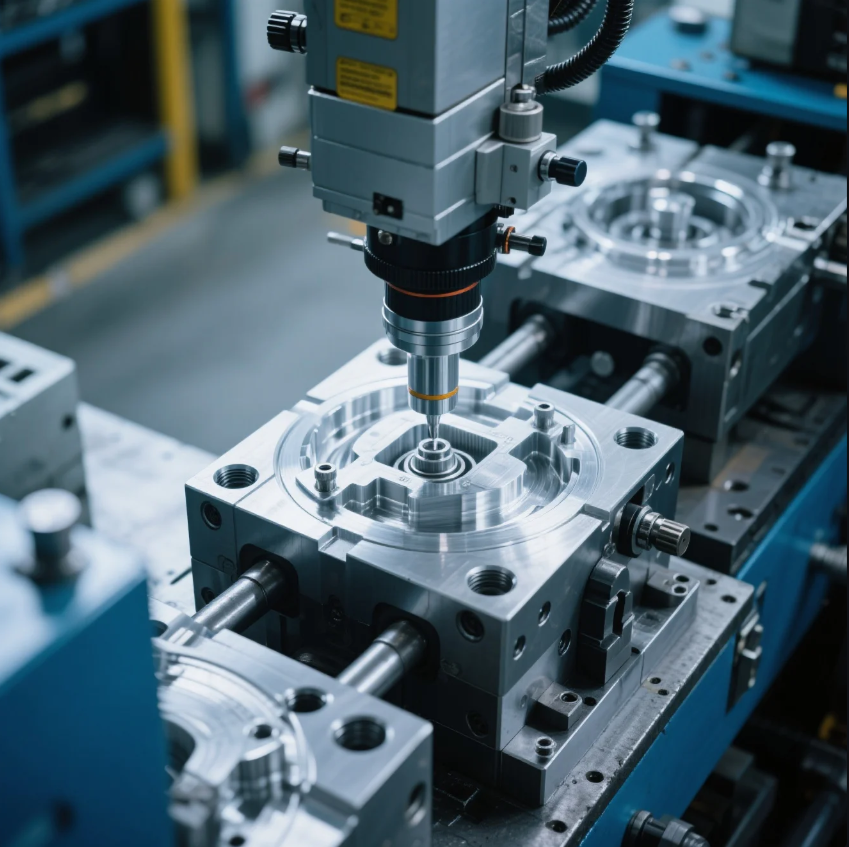
Struggling to manage plastic part defects?
Injection molding includes five key steps: clamping, injection, dwelling, cooling, and ejection. Each step affects product quality and production speed.
Many buyers face quality issues, missed deadlines, and unclear specs during injection molding. By learning each step, you gain control and reduce risks.
What Are the 4 Stages of Injection Molding?
Confused about molding stages vs machine steps?
The four major stages of injection molding are filling, packing, cooling, and ejection. Each one ensures consistency and part accuracy.
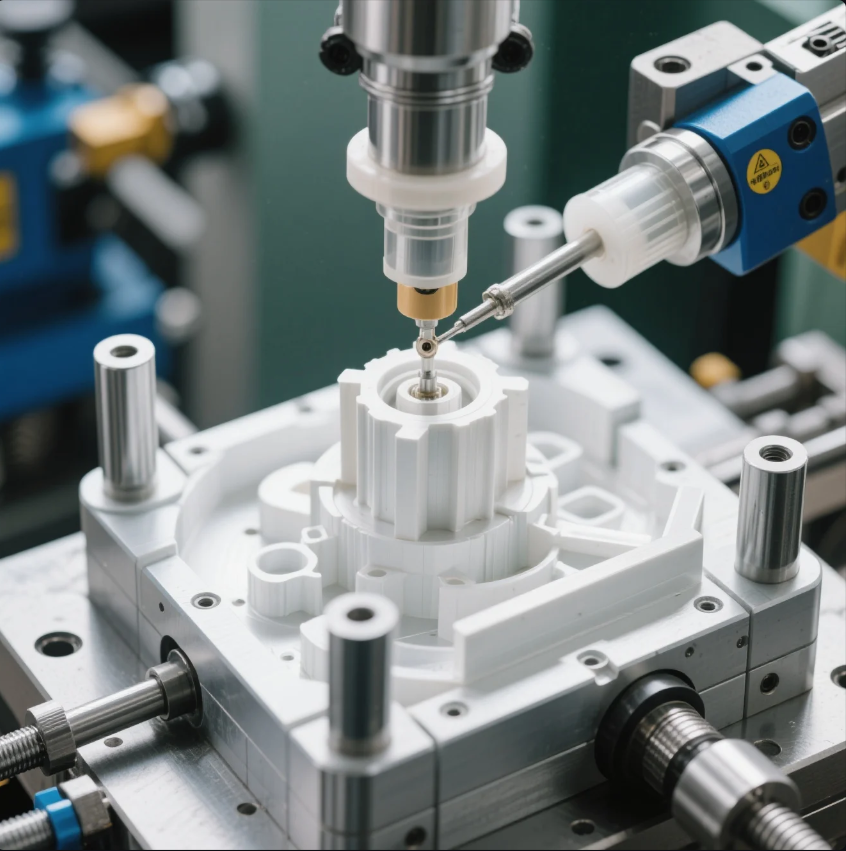
Key Function of Each Stage
| Stage | Description |
|---|---|
| Filling | Molten plastic is injected into the mold cavity |
| Packing | Extra pressure fills gaps and shapes the part |
| Cooling | Plastic solidifies inside the closed mold |
| Ejection | Mold opens and part is released from the core |
Each stage must be carefully timed. At Prime, we use smart sensors to monitor every second of the process. This helps us eliminate issues like sink marks, short shots, or flashes. With 20+ years of experience and ISO-certified systems, we ensure every batch of custom plastic injection molded parts meets the buyer’s specs.
What Are the Basics of Injection Molding?
New to plastic parts sourcing?
Injection molding uses pressure and molds to mass-produce plastic parts with speed and precision.
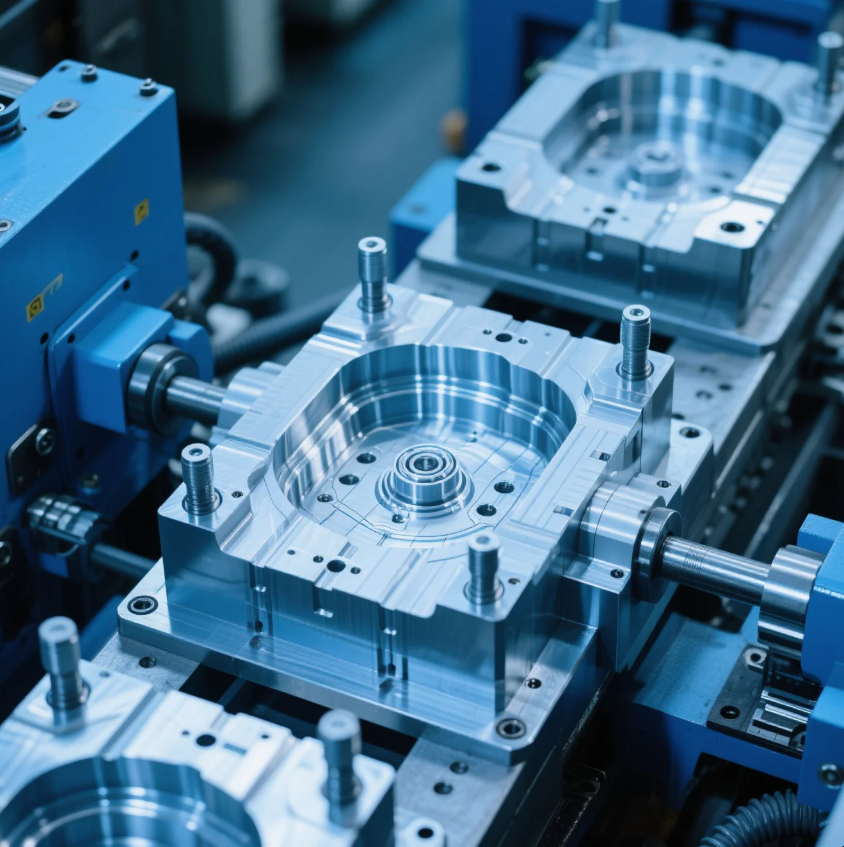
Basic Concepts You Need to Know
- Plastic pellets are melted and injected into a mold.
- The mold gives the product its shape.
- Cooling locks in dimensions.
- Repeatable and scalable for mass production.
Our team at Prime supports each project from design to delivery. We offer precision injection molding service, and our tooling experts help you optimize cost and structure. Whether you need 500 or 50,000 units, we can scale up with our 10 production lines and quick delivery cycles.
What Are the 3 Main Parts of an Injection Molding Machine?
Worried about equipment limitations?
An injection molding machine has three main parts: injection unit, mold, and clamping unit.
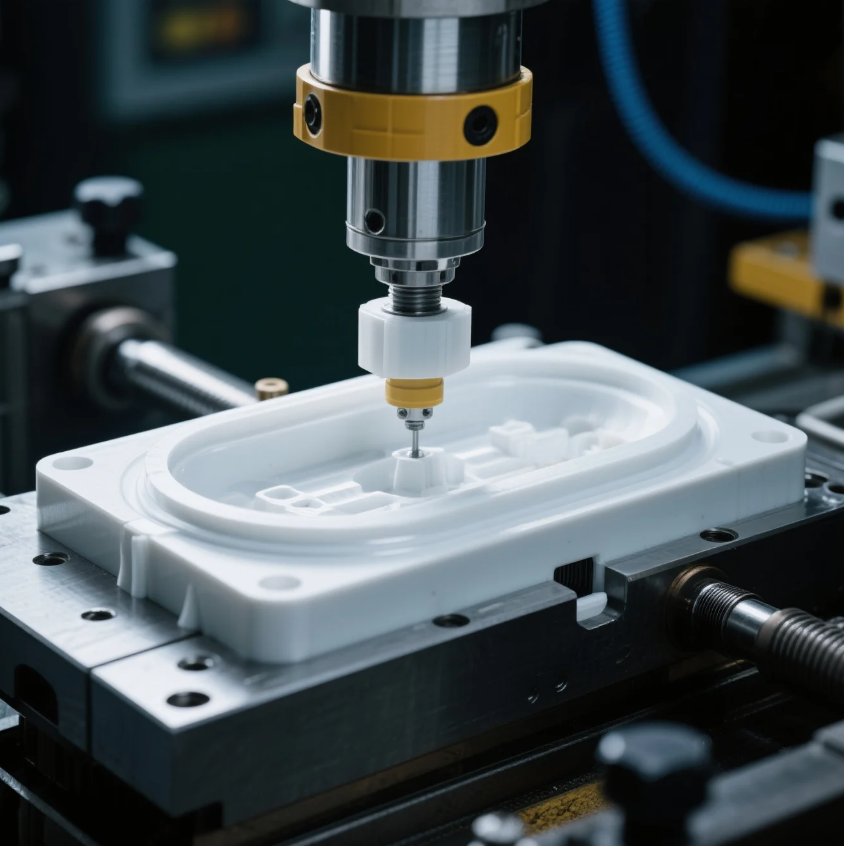
What Each Part Does
| Component | Role in the Process |
|---|---|
| Injection Unit | Melts the plastic and injects it into the mold |
| Mold | Holds the cavity and defines part shape |
| Clamping Unit | Applies force to keep the mold shut during molding |
Any defect in these systems can ruin your parts. That’s why Prime only uses high-precision machines from leading brands. Our quality control checks include tolerance control of CNC-inserted molds, preventing flash, warping, or sink defects. If you need a reliable injection molding factory in China, our system is proven across thousands of orders.
What Are the Two Common Types of Injection Molding Processes?
Uncertain about which molding method to choose?
The two common types are thermoplastic injection molding and thermoset injection molding. Each suits different needs.
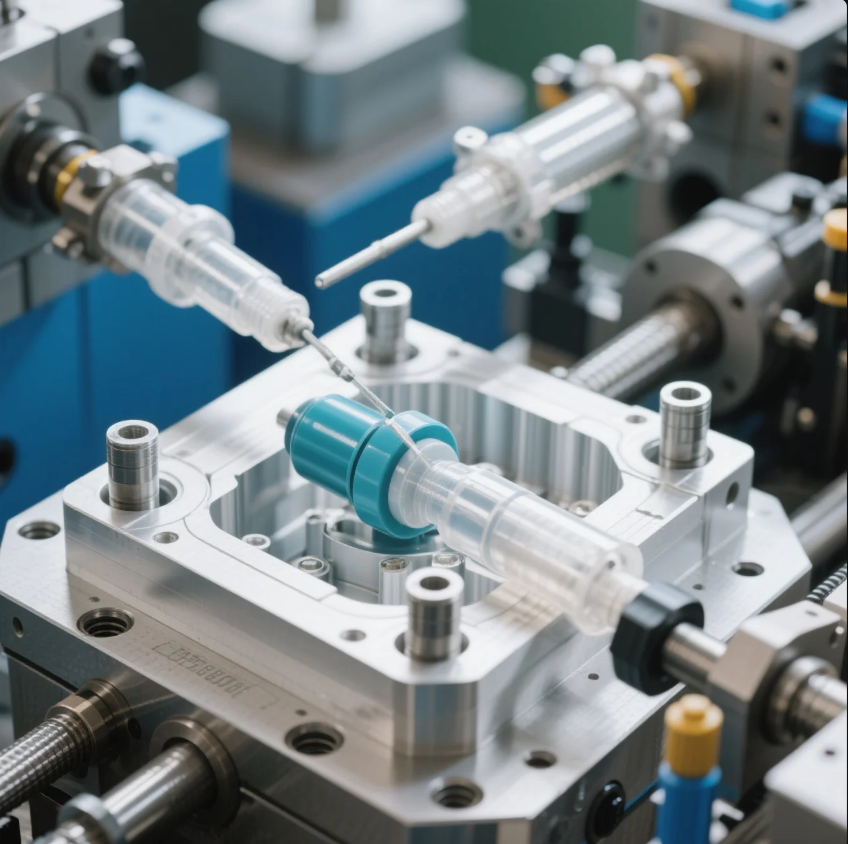
Compare the Two Main Methods
| Type | Features |
|---|---|
| Thermoplastic Molding | Can be reheated and reshaped, recyclable, flexible |
| Thermoset Molding | Hardens permanently, heat-resistant, rigid structure |
Thermoplastics are best for most applications—flexible, cost-effective, and quick to produce. Thermosets offer stability under extreme heat but cannot be reshaped. We advise buyers based on performance needs, regulatory standards, and part design. At Prime, our engineering team helps you select the best-fit process and materials for your ISO-certified injection molded components.
Conclusion
Master the 5 steps to reduce waste, speed delivery, and improve final part quality.
Looking for a trusted custom injection molding supplier?
Contact Prime today for free consultation, fast quotes, and expert support.
We deliver ISO-certified products with stable quality and short lead times.


